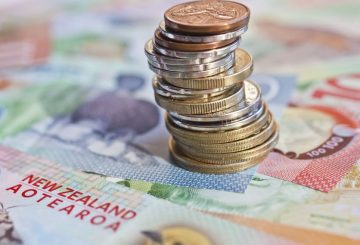Hội đồng thành phố Dunedin (DCC) đang xem xét bán công ty điện do hội đồng sở hữu, Aurora Energy. Hội đồng có kế hoạch hỏi ý kiến của công chúng về đề xuất này. Việc bán hàng có thể tạo ra hàng triệu đô la mỗi năm bằng cách tạo ra một quỹ đầu tư, nhưng nó sẽ không đủ để ngăn chặn mức tăng lãi suất dự kiến 18% cho năm 2024-25.
Aurora Energy cung cấp điện cho hơn 200.000 ngôi nhà và doanh nghiệp ở Dunedin, Central Otago và Queenstown Lakes. Các thành viên hội đồng đã bỏ phiếu 13-1 ủng hộ việc thảo luận về việc bán với công chúng. Thị trưởng Jules Radich tin rằng việc bán công ty có thể giúp trả nợ ước tính 570 triệu đô la của Aurora và tạo ra một quỹ đầu tư đáng kể.
Radich nói rằng quỹ sẽ được bảo vệ và điều chỉnh theo lạm phát để duy trì giá trị của nó. Ông cũng đề cập rằng hội đồng đang khám phá các cách khác để tạo thu nhập để làm cho thành phố bền vững hơn về tài chính. Ông hy vọng sẽ có nhiều sự quan tâm đến việc mua Aurora, công ty có tổng tài sản trị giá 805,3 triệu đô la vào năm 2023.
Radich đảm bảo rằng quyền của người tiêu dùng sẽ được Ủy ban Thương mại và Cơ quan Điện lực bảo vệ, bất kể ai sở hữu công ty. Ông cũng hứa sẽ hỗ trợ nhân viên của Aurora trong thời gian đáng lo ngại này.
Aurora Energy, thuộc sở hữu của DCC thông qua Dunedin City Holdings Limited, có phần lớn nợ công ty trong nhóm. Khoản nợ này dự kiến sẽ tiếp tục tăng khi Aurora đầu tư vào việc nâng cấp mạng lưới của mình trên khắp Otago. Công ty đã phải đối mặt với những thách thức trong quá khứ và bị phạt gần 5 triệu đô la vào năm 2020 vì mất điện quá mức do bảo trì kém.
Đề xuất bán Aurora Energy sẽ được công khai phản hồi vào ngày 28 tháng 3 và một phiên điều trần sẽ được tổ chức vào tháng 5 để xem xét các phản hồi.




























































